6 Deep Hip Openers to Try Instead of Pigeon Pose
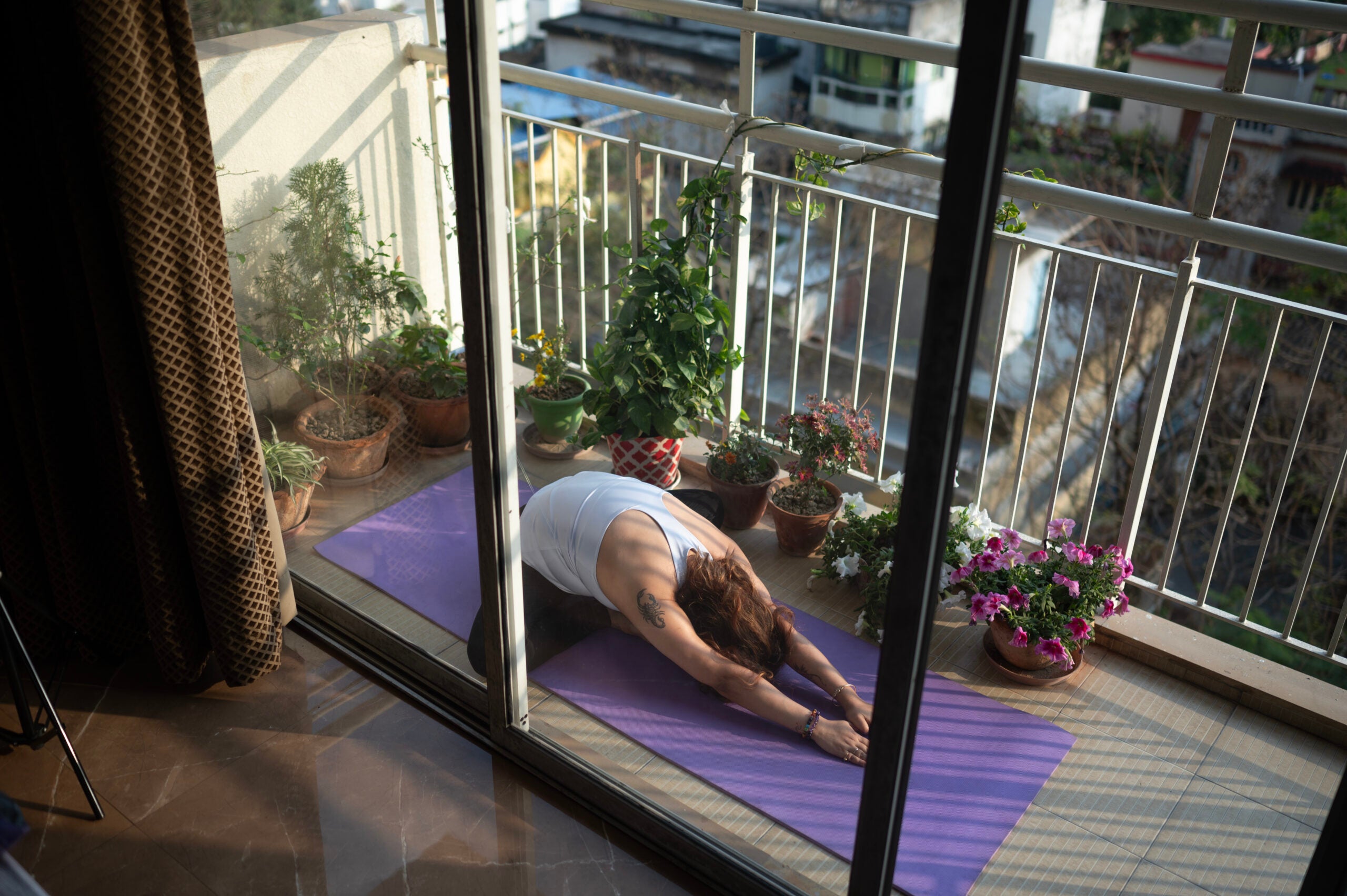
(Photo: Ankit Sah | Getty)
Many of us could use more hip opener exercises. From sitting to standing to walking, our legs are constantly working to support our upper bodies. All this effort can make hip muscles chronically tight, especially when we’re sitting for long periods at desks or in cars.
What Is a Hip Opener Exercise?
Hips are ball and socket joints, which are the most mobile joints in your body. The head of each thigh bone (femur bone) forms the “ball’ which sits in the socket (acetabulum) of your pelvis.
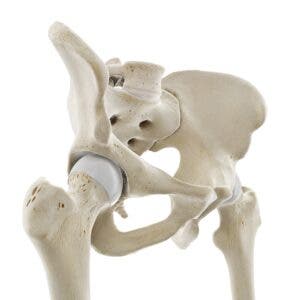
The phrase “hip-opening” often creates confusion, as many people assume that it’s similar to opening a door or book, and therefore limited to taking your legs apart. But opening your hips means creating mobility in all directions, including the sagittal plane (forward and back), coronal plane (sideways), and transverse plane (internal and external rotation). Ball and socket joints also do circumduction, which means moving in all three planes, such as when you swing your leg in a circle.
In order to stretch a particular muscle group, you must take your body in the opposite direction of that group’s movement. For example, if you’ve been sitting for long periods, which is hip flexion (taking thighs toward your chest), you’ll want to extend your hip (taking your thighs back) to release your hip flexors. Knowing the planes helps us improve range of motion in our hips, and ultimately, balanced hips are open hips!
6 Hip Opener Exercises (That Aren’t Pigeon Pose)
Try these six poses to find balance and range in your hips in all directions.
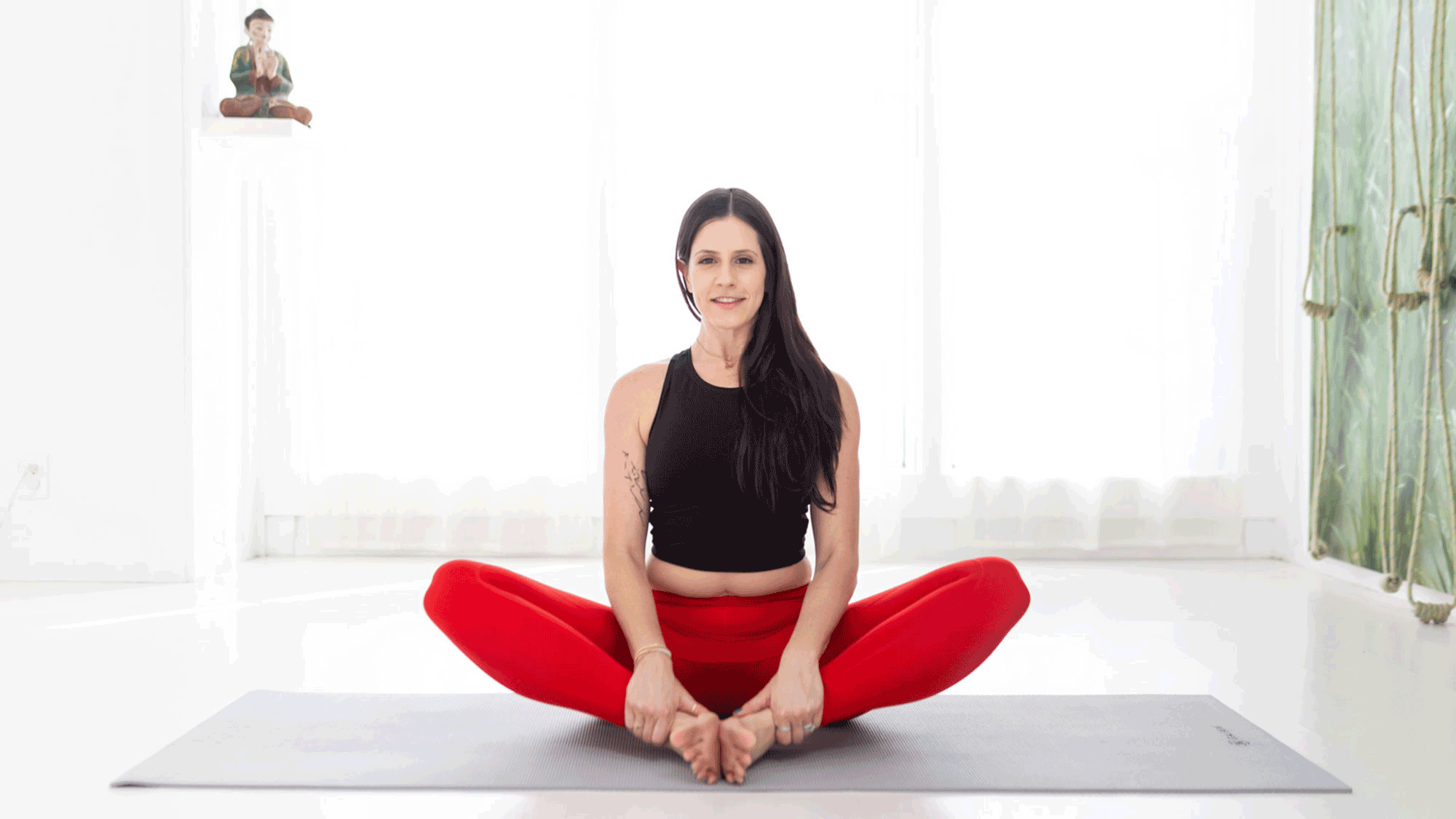
1. Bound Angle Pose (Baddha Konasana)
Begin sitting on the mat. Bend your knees and bring the soles of your feet together, pulling your heels as close to your hips as is comfortable Keep your elbows bent and heavy to help your neck release.
Stay here or fold forward at your hip crease and lengthen your chest toward your toes, while releasing the muscles of your neck. Remain in Bound Angle Pose for 25-30 slow breaths.

2. Cow Face Pose (Gomukhasana) Variation
Sit on the mat with both legs straight in front of you. Cross your right thigh over your left, stacking your knees. Draw your right heel toward your hip or straight out to the left. This may be plenty of a stretch. If you have space, bend your left leg and pull your left heel back by your hip or out to the side. Try squeezing your inner thighs together, which will help to further release your outer hips.
Stay here or reach your arms overhead and fold forward over your knees, walking your fingertips on the mat in front of you. Stay with your legs in Cow Face Pose for 20 breaths. Slowly come back upright, straighten your bottom leg first and then your top leg, and switch sides.

3. Low Lunge (Anjaneyasana) Variation
Start in hands-and-knees, or tabletop, position with your hands on blocks. Step your right leg back and straighten it before you step your right foot in between your hands. Tuck your left toes under and hover your left knee one inch from the mat.
Keeping both knees bent, reach your back heel to the wall behind you strongly, as if you are trying to straighten your leg. The key to this release is the opposing forces of the bent knee releasing down and your heel reaching back. Imagine your tailbone is heavy and weighted toward the mat. At the same time, draw your chest toward the front of your space, and release your shoulder blades toward your hips. Remain in Low Lunge 15 full breaths. Return to Tabletop before repeating on the left side.
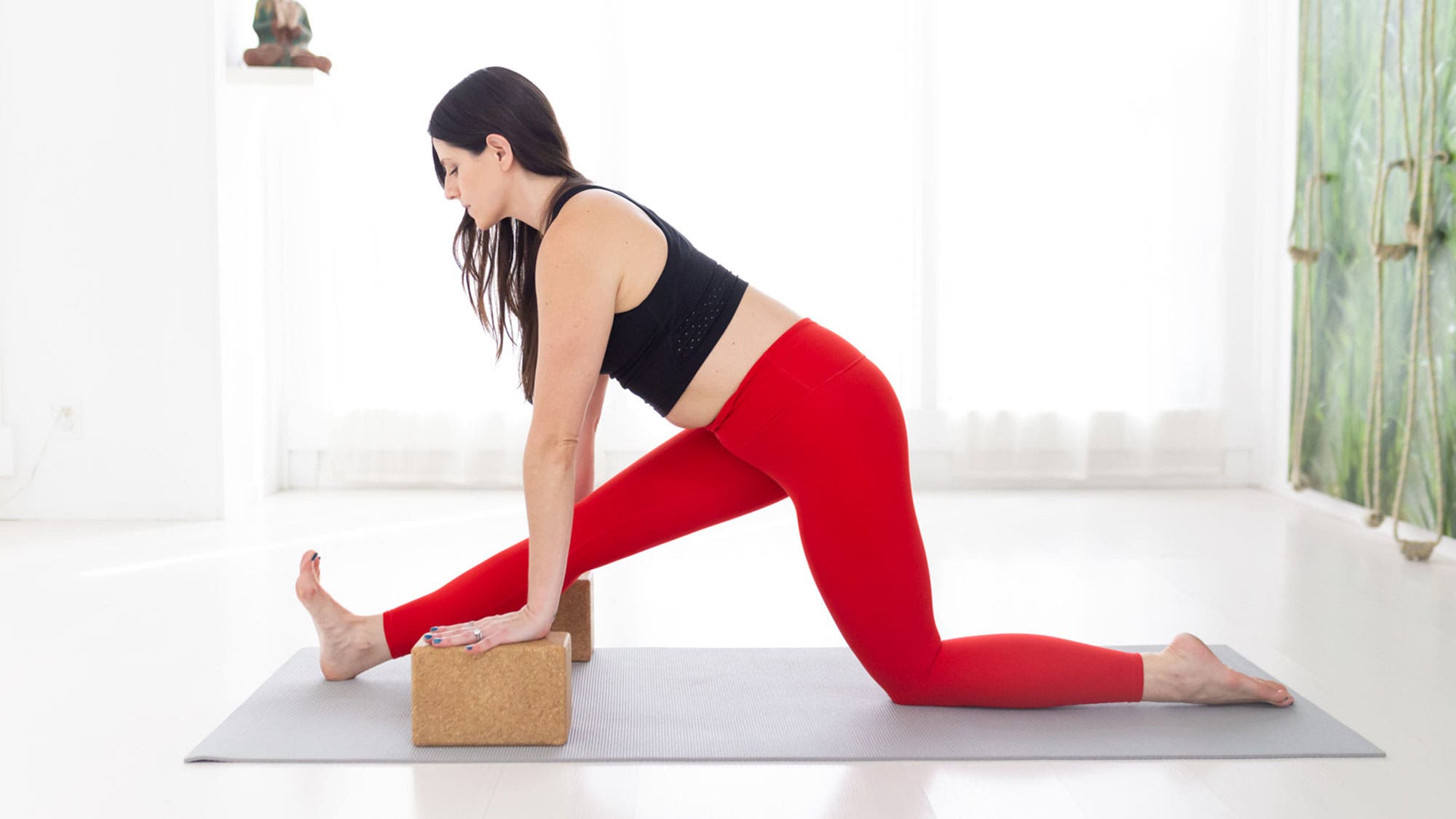
4. Half Splits (Ardha Hanumanasana)
Put two blocks at the side of your mat within reach. From hands and knees, step or walk your right foot in between your hands. Place your hands on the blocks. Draw your front hip back and straighten your leg. You may need to slide your front heel away from you. Flex your right ankle strongly.
Stay here or inhale to lift your chest and exhale as you fold forward over your straight leg. You may keep your hands on the blocks if that is more spacious, or take your left hand to your right foot, pulling your toes back for more length. Remain here for 15 breaths.
Rebend your knee and return to a Low Lunge shape. Step your right leg back, bringing your knees together in Tabletop. Switch sides.
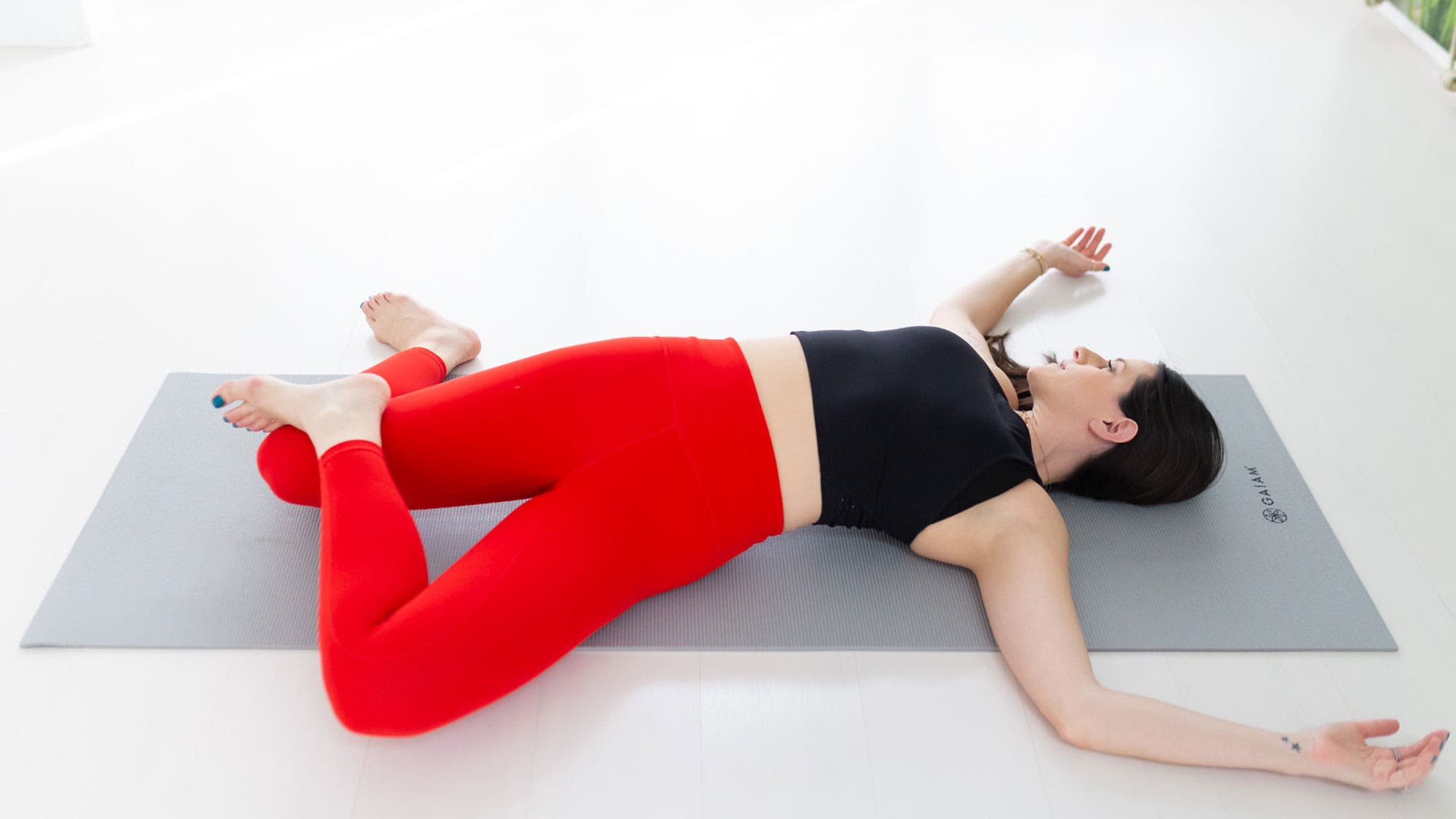
5. Figure-4 Supine Twist
Lie onto your back with your knees bent and feet and legs as wide as the mat. Take your arms into a cactus shape. Drop your legs to the left, keeping your thighs apart. Rotate your upper body away from your legs, turning your head and neck to the right shoulder if that is okay on your neck. Otherwise, look straight up to the ceiling. If you have no known knee issues, take your left ankle and place it atop your right outer thigh to weight your leg and intensify the stretch. Stay here for 20 breaths.
To come out, first uncross your legs. Bring your knees up through the center and take a breath before heading to the second side.
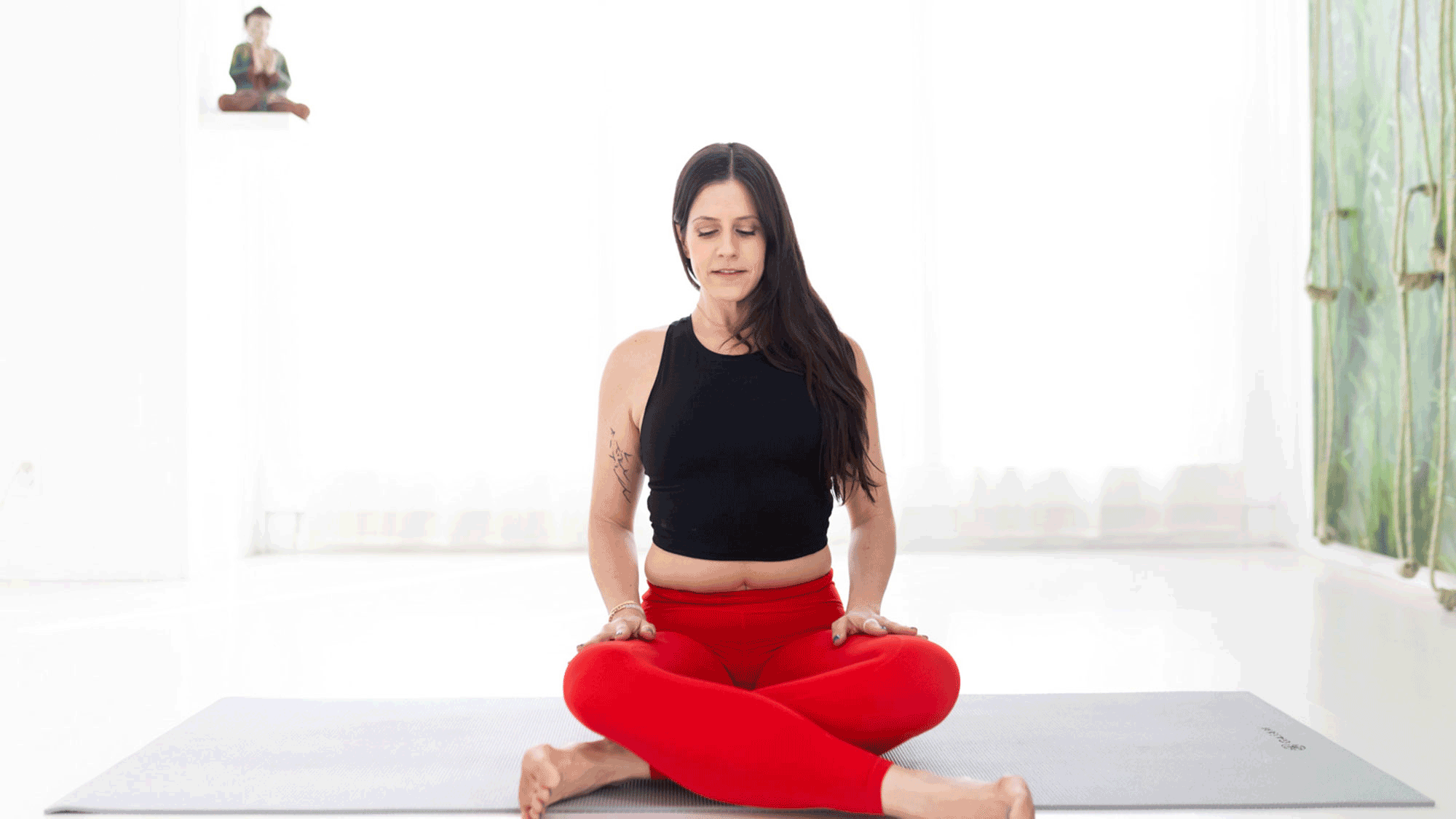
6. Double Pigeon Pose
Sitting on your mat, cross your legs, placing your right shin over your left shin. Your knees and ankles will be stacked. Keep your ankles firmly flexed. If you find that your top knee is poking up toward the ceiling or your knee feels uncomfortable, instead cross your shins and rest your knees over your ankles for Easy Pose (Sukhasana).
Stay here or fold forward at your hip crease. Walk your arms out in front of you any amount, staying high on your fingertips. Keep your buttocks grounded as you inhale and lengthen your spine. You may rest your forehead on the floor or a block. Remain for 30 breaths.
Slowly walk your hands back up to lift your torso upright. Lean back and switch the stacking of your legs to repeat on the left side.
This article has been updated. Originally published December 3, 2021.